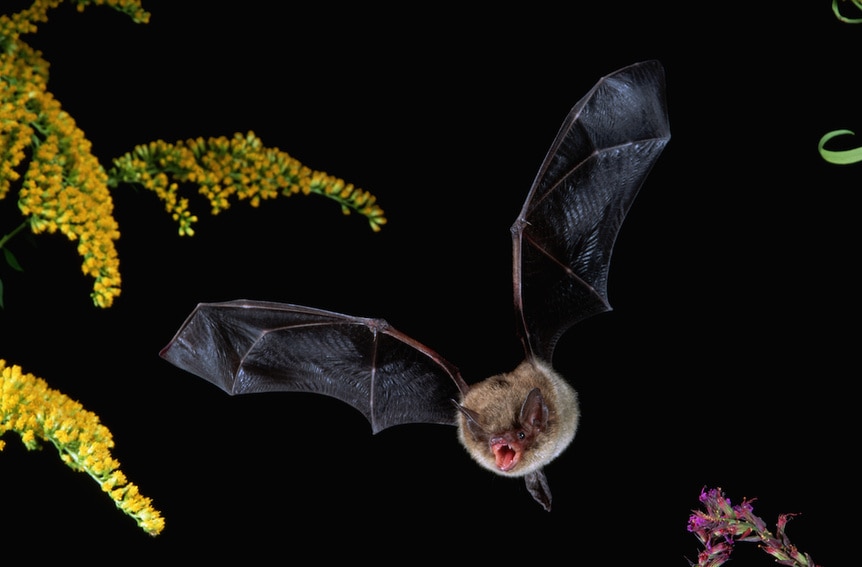Create a free profile to get unlimited access to exclusive videos, sweepstakes, and more!
How Tiger Beetles Use Sound for Self Defense
In the world of beetles and bats, the right sound can save your life.
Over the course of three movies in the animated musical Trolls franchise, we’ve learned the true power of music. It’s the way trolls communicate their feelings with one another, and it’s their primary means of attack and defense. The acoustic machinations of the Trolls universe might seem like little more than fanciful imaginings, but it’s not too far from reality, from a certain point of view.
The natural world is booming with sound, the collected creaking of plants, chirping of insects, and calls of large animals. Creatures large and small use sounds to express themselves, but also to mount an attack or defense. Recently, researchers uncovered a previously unknown acoustic ability in tiger beetles, which they use to avoid being eaten by bats. The findings were published in the journal Biology Letters.
Tiger Beetles Create Ultrasonic Sounds to Trick Bats
Nature is often described as a biological arms race, and for good reason. When one species evolves a new way of attack, its prey must evolve new defenses or die. The result, over the course of a few billion years, are some unusual and unanticipated adaptations.
Bats rely largely on echolocation to find prey during late-night hunts, but every new predatory weapon demands an evolutionary response. Some prey animals have evolved the ability to hear ultrasonic waves, so they can hear the bats coming. With an early warning, some critters make rapid course corrections or fold up their wings and fall to the ground, avoiding capture. Others have evolved ways of absorbing sound, muffling the returning waves, and rendering themselves invisible.
For More on the Sounds of Nature:
How Things Sound Can Impact How they Feel to Us
Spiders Don’t Have Ears, So They Build Them Out of Webs
Scientists Recorded the Sound of a Single Bacterium
Tiger beetles, it seems, have taken a more active defensive approach by creating their own ultrasonic sounds. Researchers looked at 19 species of tiger beetle and found evidence that each of them created anti-bat acoustic signals. At first, researchers thought those sounds were a warning. Tiger beetles produce defensive chemicals including benzaldehyde and hydrogen cyanide, and defensive signals might have been a way of saying, “Hey, I’m gross, so leave me alone.” However, when bats were presented with tiger beetles in lab tests, they gobbled them up without any problems.
Instead, researchers found that the characteristics of ultrasonic tiger beetle calls overlap with the calls of the noxious moths, which are unpalatable to bats. These tiger beetles are tasty treats masquerading as something less appetizing.
To test the sound-producing abilities of tiger bats, researchers mounted them to a metal pole with a piece of wax and blew air at them, causing them to flap their wings. A hunting bat, sending out pulses into the night sky, might encounter a flying tiger beetle in the distance and zero in. As it gets closer to its target, the bat speeds up the frequency of its pulses, chirping as many as 160 times per second in what’s known as the terminal buzz. It gives the bat continuous information about the position of its target. When researchers played recordings of attacking bats, complete with the terminal buzz, tiger beetles shift their bodies so that the wings tap against the shell as they flap, producing an ultrasonic deterrent.
While the evidence is consistent with an acoustic defensive measure, researchers have yet to see it in action. Future experiments could demonstrate the entire sequence of an attacking bat followed by a successful acoustic defense. In the world of bats and beetles, the right note at the right moment can be the difference between life and death.
Watch Trolls Band Together, streaming now on Peacock.































